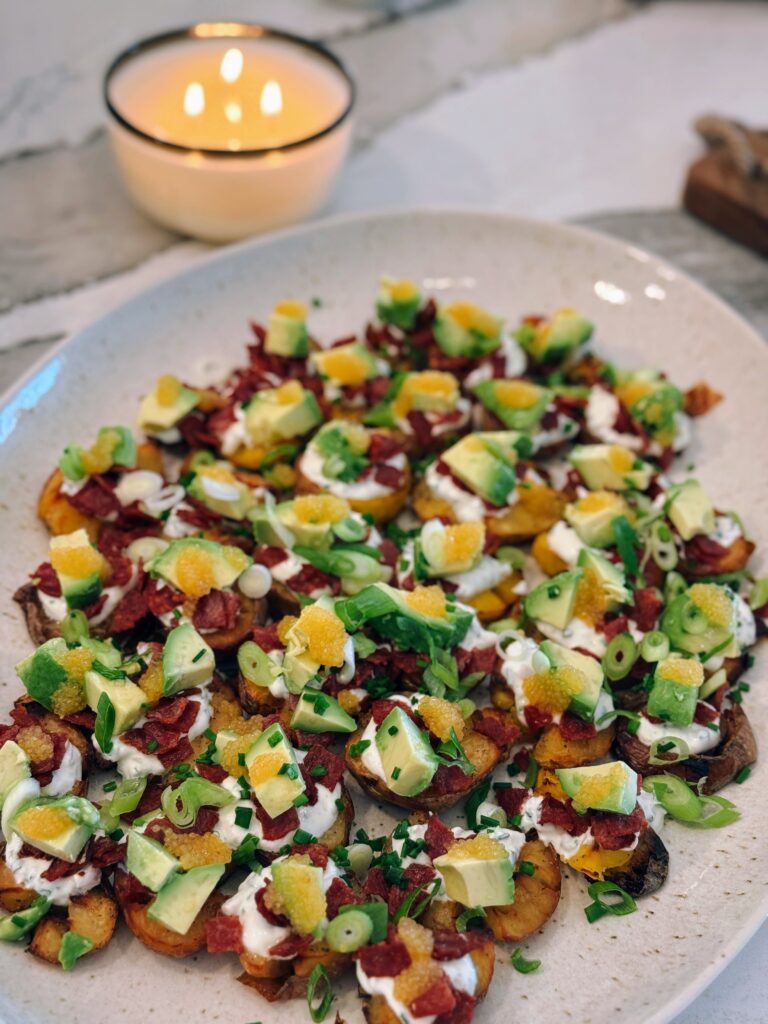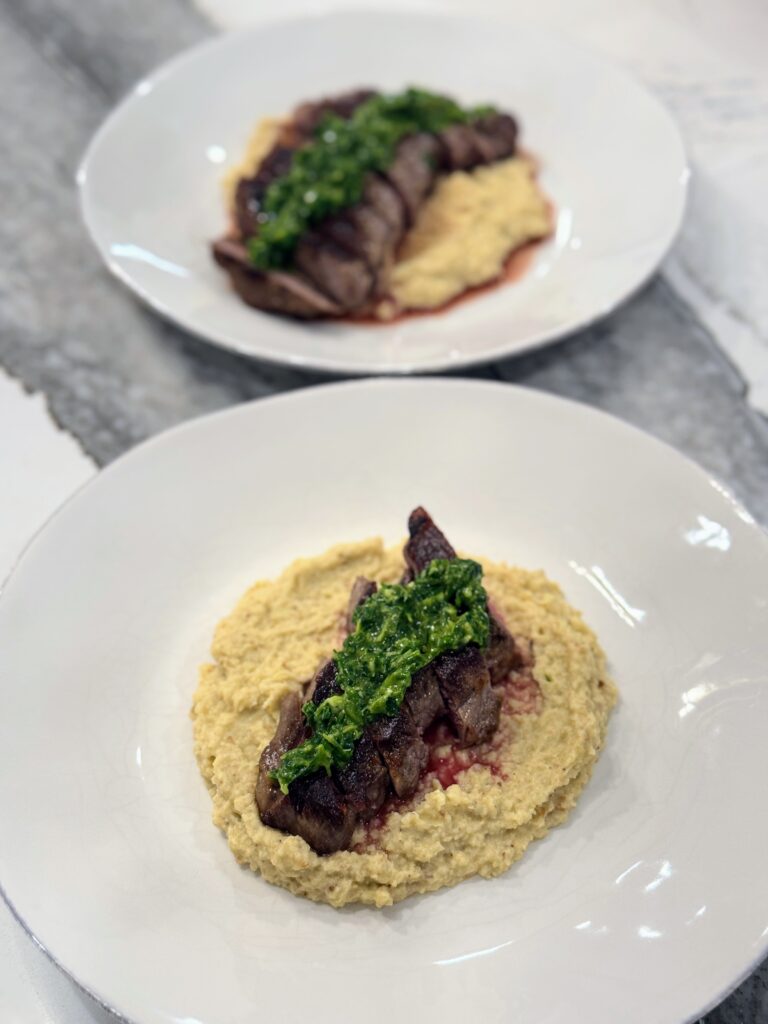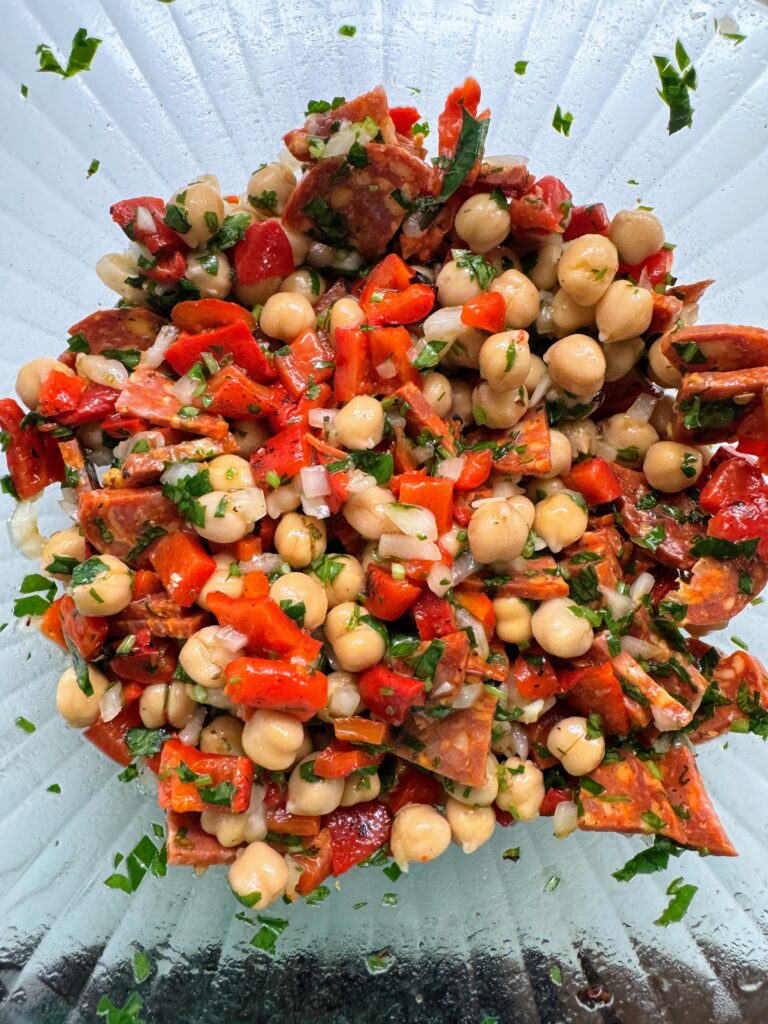This Korean tofu and kimchi stew is the ultimate cold weather comfort food. Of all the jjigaes (Korean stews), this one is my favorite. Briny, spicy, and deeply savory, there’s a reason why it’s one of the most popular dishes at Korean restaurants. This was my go-to order at Pyeong Chang Tofu House in Oakland for ages. These days, I’ve learned to make it at home.

Ingredients:
- 1 cup sour, aged kimchi with juice
- 1 tablespoon avocado oil
- 6 green onions, cut into 1-inch segments, green and white sections separated
- 1 tablespoon minced garlic
- 2 teaspoons gochujang
- 1 tablespoon soy sauce
- 3 teaspoons gochugaru
- 1 quart dashi
- 1 1/2 pounds soft tofu
- 1 egg per serving (4, depending on serving size)
- Cooked rice, for serving
- Drain the kimchi in a strainer set over a small bowl, squeezing to remove liquid. Roughly chop the kimchi and reserve the kimchi and juice seperately.
- Heat the oil in a heavy saucepan (or similar) over medium-high heat. Add the whites of the green onions, garlic, and chopped kimchi. Cook, stirring constantly, until fragrant, about 1 minute.
- Add the kimchi juice, gochujang, and soy sauce. Cook until the vegetables are coated in an even layer of sauce. Add the gochugaru and dashi, bring to a simmer and cook about 10 to 15 minutes. (Optional step: add a handful of cubed daikon radish, enoki mushrooms, or beech mushrooms before simmering at this stage. You could also add a handful of shellfish in the last few minutes of cooking.)
- Add the tofu and green tops of the green onions, stir gently, and heat until boiling. Break the eggs directly into the simmering broth. Stir the egg in to make a richer soup, or let them loosely poach int the broth. Serve with rice.




